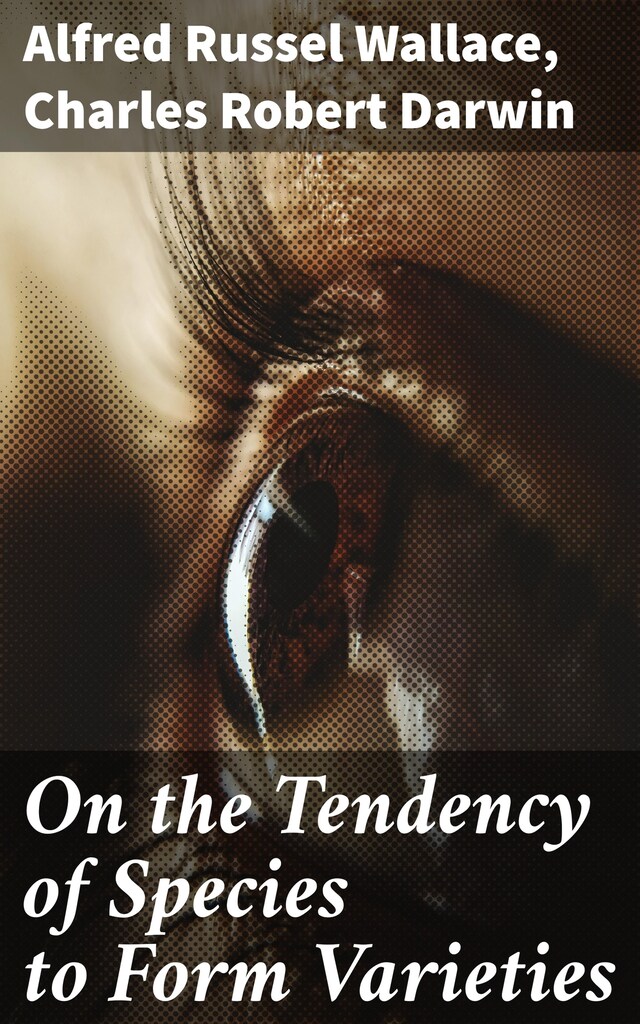
On the Tendency of Species to Form Varieties
Exploring Evolutionary Biology and Victorian Naturalist Writings
Buchbeschreibung
In 'On the Tendency of Species to Form Varieties,' readers are presented with a pioneering collection that marks a pivotal moment in the history of science. This anthology combines the groundbreaking works of Alfred Russel Wallace and Charles Robert Darwin, two of the nineteenth century's most influential naturalists, whose independent conclusions on natural selection and evolution forever altered our understanding of life's complexity and diversity. The collection is not only significant for its historical context but also for showcasing the range of literary stylesfrom meticulous observation notes to engaging narrative expositionsemployed by these scientists to communicate their theories. The intertwined themes of adaptation, survival, and transformation emerge as foundational pillars of modern biology. The contributing authors, Wallace and Darwin, bring to this anthology a rich background of exploration and discovery that spans continents and ecosystems. Their journeys, both literal and intellectual, epitomize the spirit of the Victorian era's scientific endeavor, characterized by an insatiable curiosity about the natural world. Their combined efforts in this collection underscore the importance of collaboration and communication in scientific progress, serving as a testament to the era's burgeoning emphasis on empirical evidence and the scientific method. This anthology is a must-read for anyone interested in the origins of evolutionary theory and the historical interplay between two of its most important figures. It offers readers a unique opportunity to witness the convergence of distinct yet complementary perspectives on nature's most fundamental processes. As a cornerstone of scientific literature, this collection is not only an educational resource but also a compelling invitation to explore the complexity of the natural world through the eyes of two of its most astute observers. It is an essential addition to the library of anyone who wishes to understand the development of scientific thought and the collaborative nature of human inquiry.

